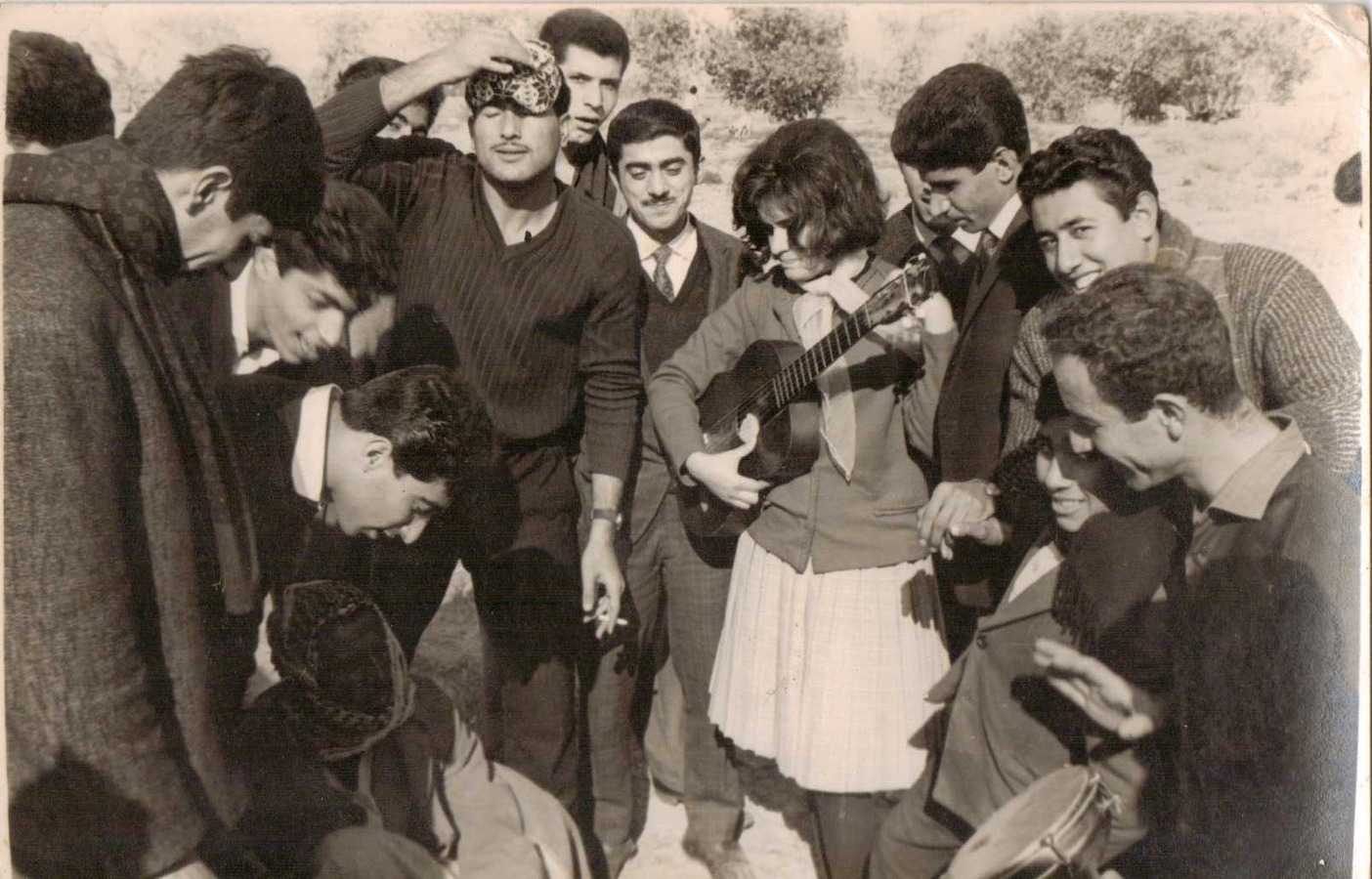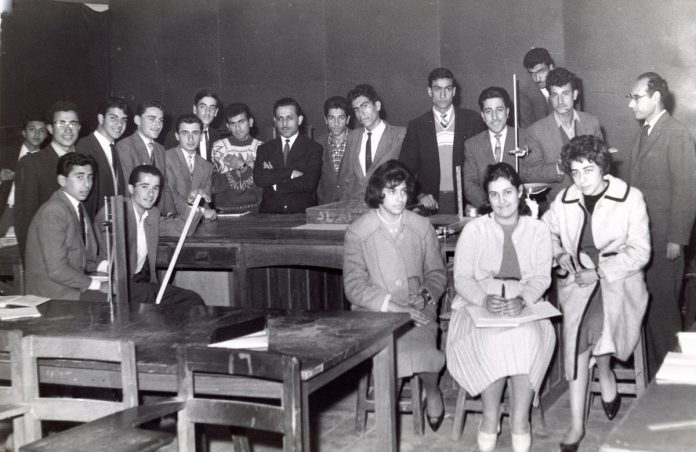BENGALURU: Born Lady Eveyln Murray in 1867, Zainab Cobbold was the first Scottish noblewoman to convert to Islam in the Victorian era. She went on to become the first woman born in the UK to perform the Hajj, in 1933, when she contacted Hafiz Wahba — then ambassador for the Kingdom of Hejaz and Najd to the United Kingdom — who wrote to King Abdulaziz Al-Saud, who granted permission for her to perform her pilgrimage.
Cobbold died aged 96 and was buried on a hill in Scotland, facing Makkah, with words from the Qu’ran engraved on her tombstone.
Cobbold’s remarkable story is just one of many that are available on The Everyday Muslim Heritage and Archive Initiative, a platform that documents Muslim heritage in Britain through photographs, oral histories, films, artifacts, and heritage walks.
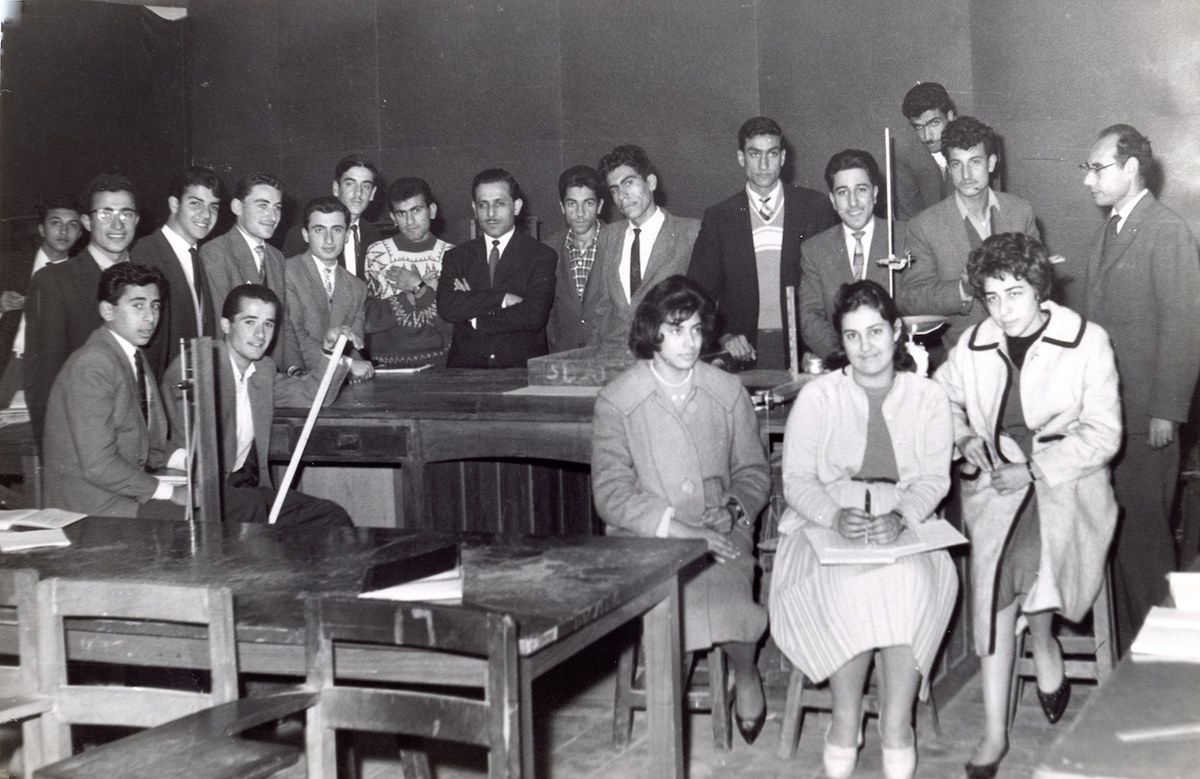
For Sadiya Ahmed, founder of The Archive, the project started as a means to connect with her diverse identities. Ahmed wanted to pass on her experience of growing up as a Muslim in Britain to the next generation, but also to document stories of the previous generation.
She came across old photographs of her parents in their youth — a carefree man standing in Trafalgar Square and a young woman by a stream in Nairobi, each with their own ambitions and dreams, before the cultural pressures of migrating to a new country. It inspired her to preserve the “human” story behind the Polaroids.
“Those photographs were pivotal because I could see a generational disconnect,” Ahmed says. Speaking with other communities from diasporas, she realized she wasn’t the only one who felt that way. In 2014, she started crowdsourcing oral histories and personal narratives.
While the scope of The Archive’s work is much wider than oral histories and offers many avenues for community involvement (including exhibitions and classroom resources), the Instagram account generates a lot of engagement from second- and third-generation diaspora communities.
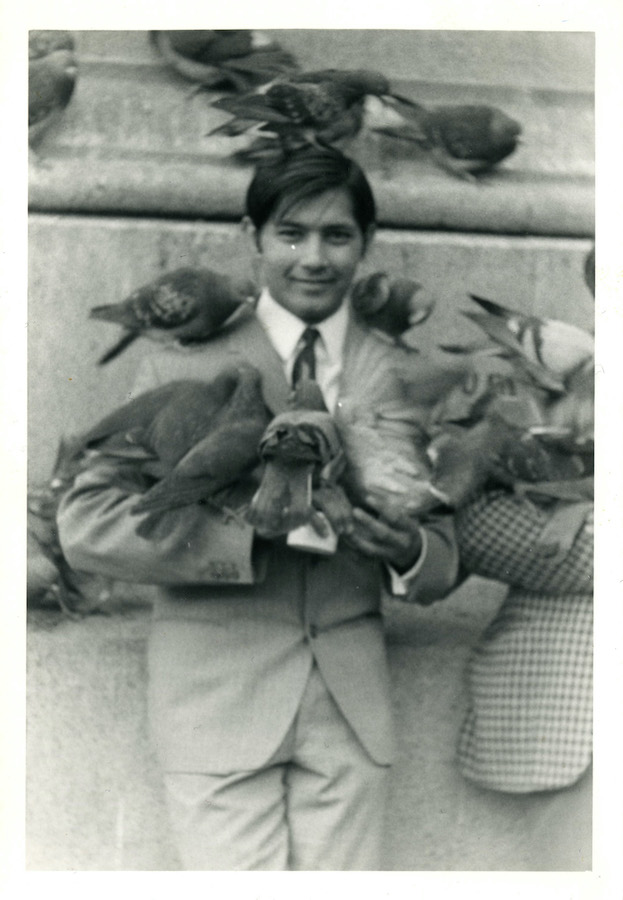
“Social media has opened up a whole world of knowledge which would otherwise have been accessible to only a few, like academics, or in cultural spaces where Arab, South Asian or other communities haven’t been historically represented,” Ahmed says.
“Instagram is a venue that allows people to share bite-sized information without feeling intimidated or out of place,” she adds. While The Archive shares personal narratives of diasporic Muslim communities, it also highlights the role these communities have played in British history.
Their heritage trail, for example, includes a self-guided tour of the oldest Muslim burial grounds in Surrey, where Muslim soldiers from World War II and prominent Muslim thinkers are laid to rest. “It comes back to why it is important for us to document our experiences and take ownership of it,” Ahmed says.
On Gulf ⇄ South Asia, a popular Instagram account that documents the history and personal stories of South Asians in the Gulf and Khaleejis in South Asia, Ismail Noor writes: “Since I was born in Dubai and lived there for a few years, I thought of it as home. Even while living in Karachi, there are vignettes of memories — bits and pieces.”
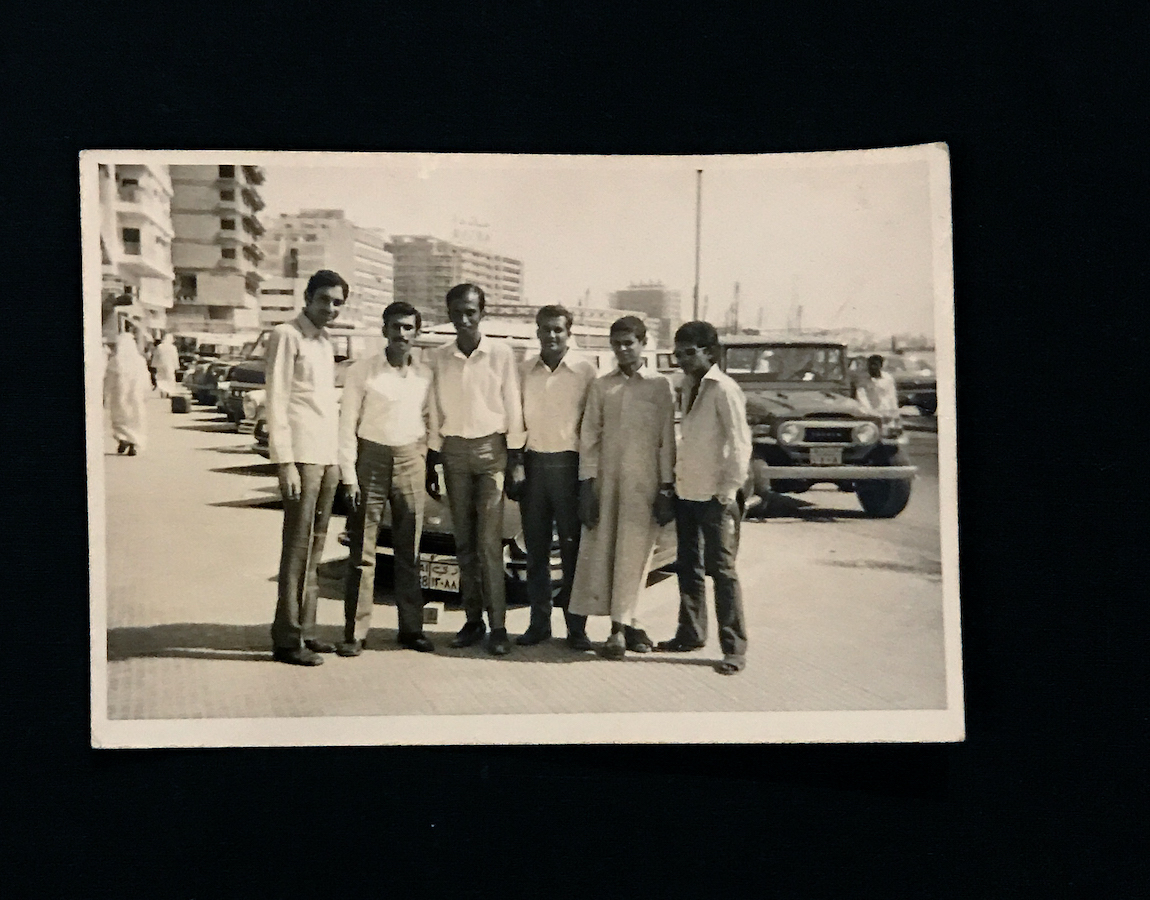
Noor reminisces about summer vacations spent in Dubai in the streets behind Deira Tower. The account also includes stories like that of Sindhi entrepreneur Rao Sahib Jashanmal, who set up the first general store in Kuwait’s Safaat Square in 1934. Today, the Jashanmal Group is run by the fourth generation of the family, and has stores across the GCC.
For Ayesha Saldanha, founder of Gulf ⇄ South Asia, the impetus to start documenting personal stories was similar to Ahmed’s with The Archive. “My grandfather worked in the Gulf nearly all his life. First in Muscat, then in Doha. But I didn’t give his experiences much thought until I moved to Bahrain in 2001,” Saldanha says.
She lived there for 12 years, during which time the writer and Arabic translator became very interested in Gulf history, particularly the connections between the Gulf and South Asia. “For a long time, I wanted to share the material I found on Gulf-South Asia connections — in books, academic papers, and archives — in an easily accessible, non-academic format,” she says.
Saldanha also wanted to invite people to share their stories, and an Instagram account seemed the best way to combine the historic and the personal. “I think Instagram is a great way for individuals to share their own stories, with small details that cannot be found in newspaper articles or academic papers. These details are what touch us and help us connect to other people’s experiences,” she says.
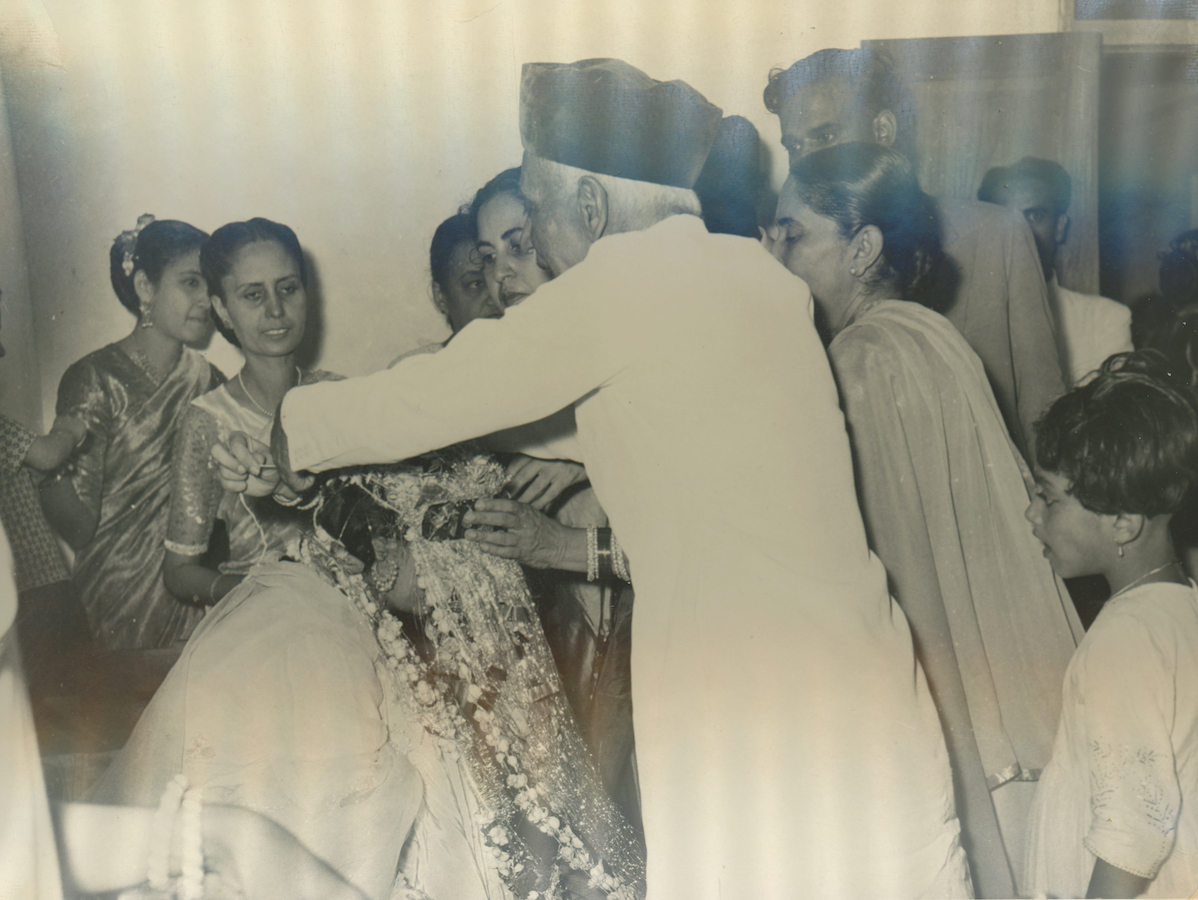
However, Saldanha didn’t anticipate that the younger generation of South Asians who grew up in the Gulf would be so happy to share their stories with a wider audience. “There hasn’t been much attention paid to those narratives before,” she says.
On the Iraq Photo Archive website and Instagram account, a user called Al-Mansour shares a blurry photograph, but the exuberance of the subjects is crystal-clear. The caption reads: “My grandparents and aunt dancing at my parents wedding reception. Baghdad, 1978.” Ayah Wafi shares a sepia photograph of her father Muafaq Wafi with his friends at a university trip to Saddat Al-Hindiyah dam in 1964.
The Iraq Photo Archive is a simple recollection of life before the 1980s — spending time by the lake or documenting relationships with friends and family — Irish-Iraqi founder Basil Al-Rawi explains.
He says that having his platform on Instagram engages a younger audience, which generates interesting intergenerational dialogue. His project also includes oral histories and housing archival photographs and narratives in a virtual-reality environment.
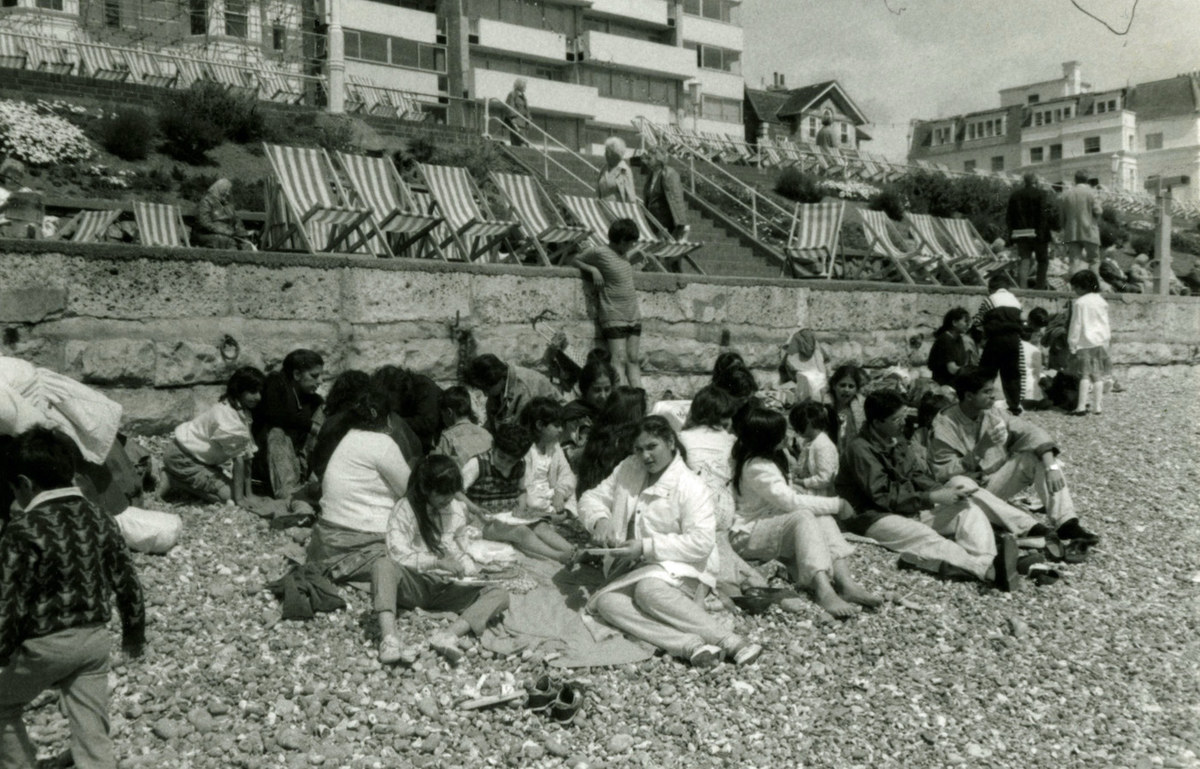
For Al-Rawi, the idea of the Iraq Photo Archive came from a practice-based PhD research project that uses archival photographs and films as a starting point to create an immersive artwork that will rearticulate memories of the Iraqi diaspora. However, his only personal connection to Iraqi culture was through his father.
“My father had photo albums from the time he had lived in Iraq. As I was growing up in the West during the 1980s and 1990s, there were three major conflicts happening in Iraq,” Al-Rawi says. “The visual landscape of the country — as (presented in the) media — was dominated by images of conflict and trauma. But these photographs that I was looking at spoke of something very, very different.”
Listening to his father speak of his time growing up in Iraq and his hometown showed Al-Rawi the everyday, human side of the country.
His reasons for continuing to develop his project could equally apply to Saldanha and Ahmed: “It is a platform for people like me, who have a longing and a desire to connect with a culture that they have been disconnected from,” he says.
